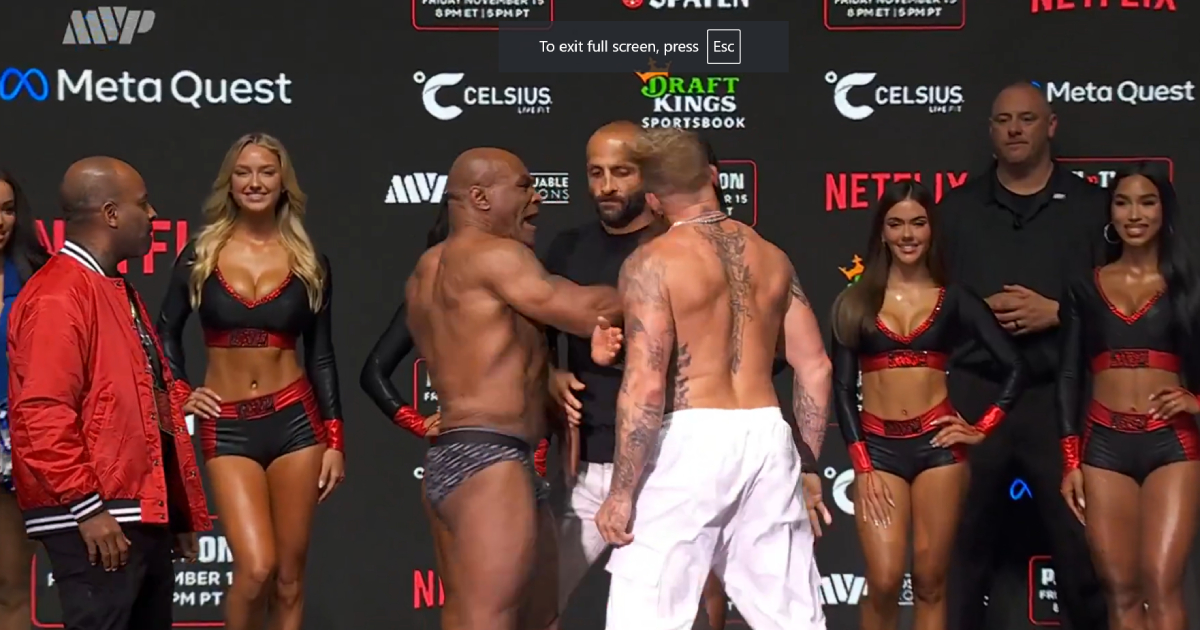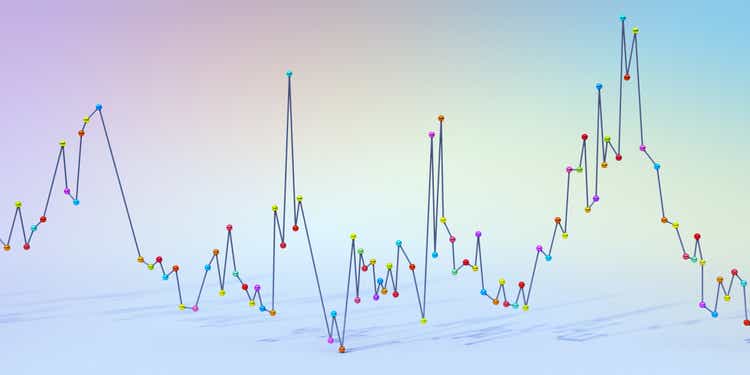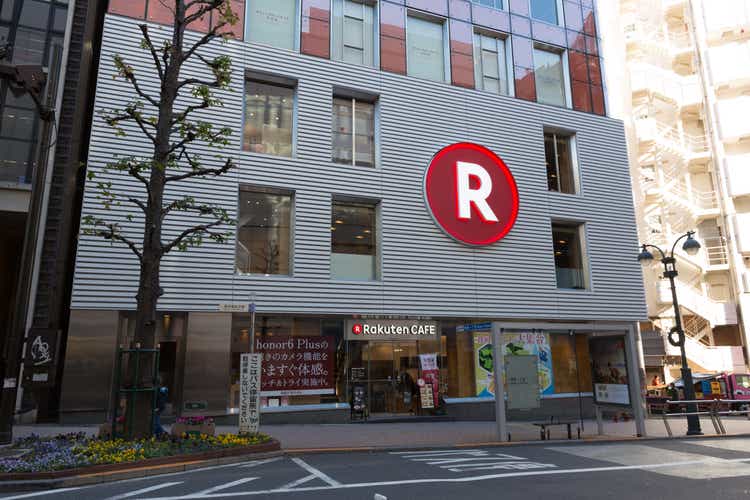
asbe/iStock via Getty Images Performance Summary Cumulative Annualized 3 Month YTD 1 Year 3 Year 5 Year 10 Year/ LOF 1 Fidelity Low-Priced Stock Fund ( MUTF: FLPSX ) Gross Expense Ratio: 0.89% 2 5.41% 11.
97% 24.07% 8.53% 13.
05% 9.61% Russell 2000 Index 9.27% 11.
17% 26.76% 1.84% 9.
39% 8.78% Morningstar Fund Mid-Cap Value 8.98% 13.
06% 25.80% 8.50% 10.
97% 8.62% % Rank in Morningstar Category (1% = Best) -- -- 64% 55% 21% 22% # of Funds in Morningstar Category -- -- 393 375 362 282 Click to enlarge 1 Life of Fund (LOF) if performance is less than 10 years. Fund inception date: 12/27/1989.
2 This expense ratio is from the most recent prospectus and generally is based on amounts incurred during the most recent fiscal year, or estimated amounts for the current fiscal year in the case of a newly launched fund. It does not include any fee waivers or reimbursements, which would be reflected in the fund's net expense ratio. Past performance is no guarantee of future results.
Investment return and principal value of an investment will fluctuate; therefore, you may have a gain or loss when you sell your shares. Current performance may be higher or lower than the performance stated. Performance shown is that of the fund's Retail Class shares (if multiclass).
You may own another share class of the fund with a different expense structure and, thus, have different returns. To learn more or to obtain the most recent month-end or other share-class performance, visit Fidelity Funds | Mutual Funds from Fidelity Investments , Financial Professionals | Fidelity Institutional , or Fidelity NetBenefits | Employee Benefits . Total returns are historical and include change in share value and reinvestment of dividends and capital gains, if any.
Cumulative total returns are reported as of the period indicated. For definitions and other important information, please see the Definitions and Important Information section of this Fund Review. Click to enlarge Performance Review For the third quarter, the fund's Retail Class shares gained 5.
41%, lagging the 9.27% advance of the benchmark, the Russell 2000 ® Index ( RTY ). Importantly, given our focus, long-term performance favors the fund over the benchmark.
U.S. small-cap stocks posted a strong gain the past three months, rising due to resilient corporate profits, the promise of artificial intelligence and the Federal Reserve's long-anticipated pivot to cutting interest rates.
Amid this favorable backdrop for higher-risk assets, the index continued its late-2023 momentum. Almost all asset categories gained sharply in Q3. The shift toward global monetary easing gained steam when the Fed lowered its benchmark federal funds rate after a historic hiking cycle that began in March 2022 to combat persistently high inflation.
On September 18, the central bank cut rates by 0.50 percentage points, opting for a bolder start in making its first rate reduction since March 2020. Against this backdrop, value stocks (+10.
15%) within the benchmark topped growth (+8.41%). By sector, real estate (+18%), which is sensitive to interest rates, rose on the potential for lower borrowing costs.
Communication services (+18%) was boosted by fervor for generative AI. Conversely, energy (-8%) lagged most because oil prices dipped on worries about the outlook for global demand. The fund's underperformance of the benchmark in Q3 was mainly due to stock selection, especially in financials, information technology and industrials.
The largest individual detractor was a non-benchmark position in Chord Energy ( CHRD , -21%), which specializes in hydrocarbon exploration and hydraulic fracturing. The price of oil posted three consecutive monthly declines, pressuring the stock. Also in energy, a non-benchmark stake in oil producer Ovintiv ( OVV ) returned about -18% for the three months.
Like Chord Energy, falling oil prices dragged on Ovintiv's stock price. While both holdings disappointed for the quarter, we believe fundamentals for each remained solid, especially because they topped consensus estimates for quarterly earnings and posted strong free cash flow. In contrast, the top individual relative contributor was a sizable non benchmark investment in Universal Health Services ( UHS , +24%).
In July, the health care management company posted solid quarterly financial results, including better-than-expected earnings and revenue, driven by growth in its acute care business. Also, management increased its forecast for the remainder of 2024 and announced a $1 billion stock-repurchase program, all of which bolstered the stock. We trimmed exposure to Universal Health Services, but it was the No.
9 holding as of September 30. Portfolio Positioning and Market Outlook The fund's positioning among sectors remained largely unchanged the past three months, as we made only modest shifts based on where we found the best potential risk-adjusted returns and opportunistic ideas that fit our investment philosophy. Our investment process centers on being patient, taking a long-term view and comparing price to value with the hope of choosing undiscovered gems.
When we evaluate a stock, we typically think about owning it for three to five years. We look past short-term noise and focus on drivers over a multiyear period. As of September 30, multiple crosscurrents are influencing financial markets.
The U.S. consumer remains healthy, given low unemployment and growing wages.
The housing market appears to have found its footing amid a pause and the Fed's mid-September pivot, and many parts of the industrial economy have benefited from several multiyear government-backed spending outlays for infrastructure and reshoring. COVID-related supply-chain disruption appears to have largely been resolved across most sectors. Europe continues to face sticky inflation, the global macro environment remains volatile − with land wars in Europe and the Middle East − and the U.
S. economy demonstrates evidence of both mid- and late-cycle dynamics. This backdrop provides opportunity for patient investors like us.
We are monitoring a growing pipeline of companies that look attractive to us in the medium term. Should the market narrow and favor only a few winners, we believe that helps us find compelling ideas that are overlooked, and thus provides an investment opportunity. Original Post Editor's Note: The summary bullets for this article were chosen by Seeking Alpha editors.
Editor's Note: This article discusses one or more securities that do not trade on a major U.S. exchange.
Please be aware of the risks associated with these stocks..













